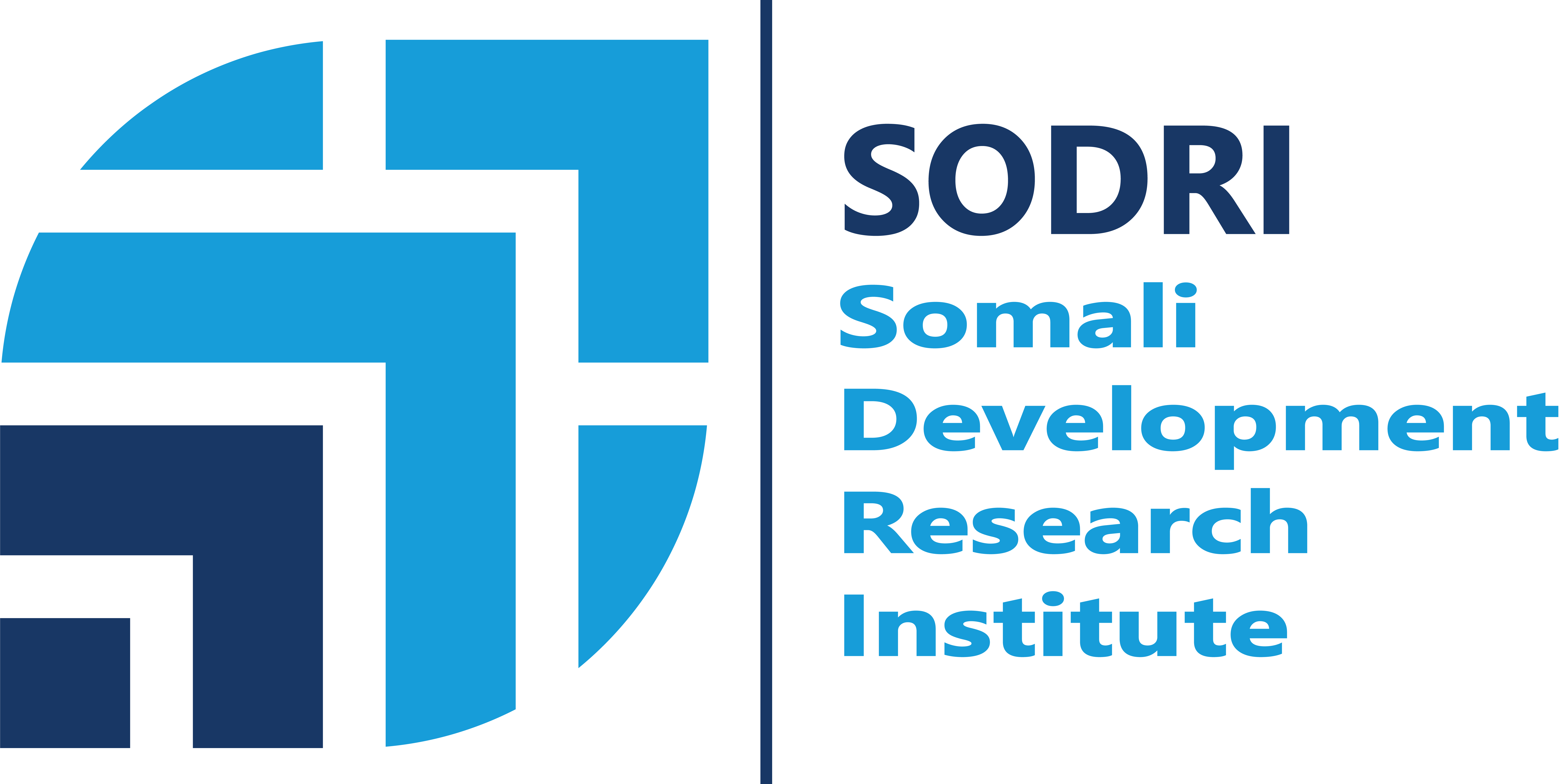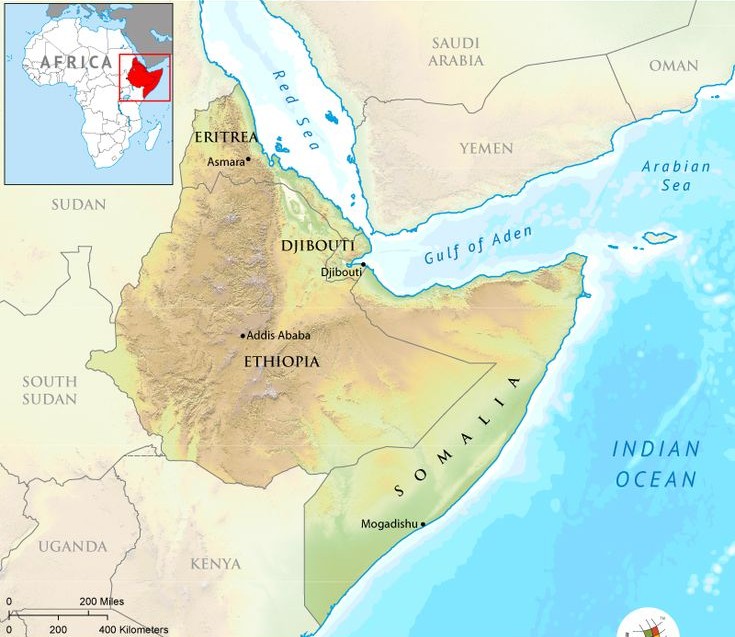Challenges and Opportunities for the East African Community
Security Concerns: Instability in the Horn of Africa presents a significant challenge to regional stability, with potential spill-over effects into neighboring countries, including those within the East African Community (EAC). This instability is characterized by conflicts, terrorism, and political unrest, all of which pose security threats to the region. However, it’s imperative to recognize ongoing efforts within the EAC to address these challenges collaboratively. By emphasizing the importance of continued cooperation and support among member states, we can foster a sense of shared responsibility and solidarity in tackling security threats.
Economic Disruptions: The strategic location of the Horn of Africa makes it a crucial transit route for goods and services within the region and beyond. However, instability in this region disrupts trade flows, increases transaction costs, and impedes economic integration efforts within the EAC. Despite these challenges, it’s essential to highlight the resilience and potential of EAC economies to withstand such disruptions. By showcasing ongoing initiatives aimed at diversifying trade routes and bolstering economic resilience, we can convey a message of proactive engagement and adaptability in overcoming economic obstacles.
Humanitarian Crises: Protracted conflicts, political instability, and environmental challenges in the Horn of Africa often lead to humanitarian crises, including food insecurity, displacement, and refugee flows. EAC member states may face pressure to provide humanitarian assistance to affected populations, thereby straining their resources and capacity. However, it’s crucial to underscore the EAC’s commitment to humanitarian principles and its role in providing support to vulnerable populations. By highlighting collaborative efforts within the EAC to address humanitarian crises, we can demonstrate solidarity and compassion among member states.
Political Instability: Instability in the Horn of Africa undermines efforts to strengthen political cooperation and institutional frameworks within the EAC. Political tensions and governance challenges in neighboring countries may spill over into the EAC, affecting decision-making processes and consensus-building efforts. Despite these challenges, it’s important to emphasize the EAC’s role as a stabilizing force in the region. By highlighting efforts to promote dialogue, conflict resolution, and democratic governance, we can portray member states as constructive partners in fostering stability and unity.
Diplomatic Relations: Conflicts and disputes in the Horn of Africa can strain diplomatic relations between EAC member states and countries in the region. However, it’s essential to recognize instances of successful conflict resolution or diplomatic mediation within the EAC. Emphasizing the importance of constructive dialogue and mutual respect among member states can underscore the EAC’s commitment to peaceful coexistence and regional cooperation.
Conclusion: In conclusion, instability in the Horn of Africa poses significant challenges to the East African Community’s objectives. Addressing these challenges requires concerted efforts to promote peace, security, and stability in the region, enhance cooperation among member states, and strengthen regional institutions. By acknowledging the resilience and collaborative spirit of EAC member states, we can convey a message of unity, solidarity, and proactive engagement in navigating regional integration amidst adversity.


